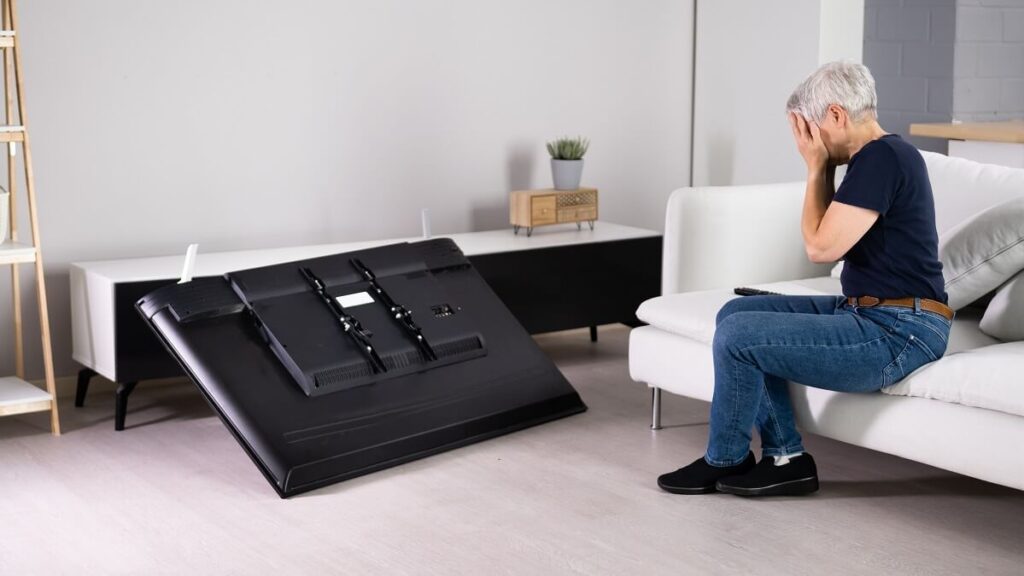When you take out a contents insurance policy you may think you’re covered for damage to any item you own, but there are many exclusions you may not be aware of.
Home contents insurance policies are intended to provide a certain level of financial protection against theft, loss or damage to your personal belongings.
This includes items such as your television, fridge, clothing, furniture and any other items that make up the ‘contents’ of your home.
Most of your possessions will be automatically covered under such policies, but you may be required to list particularly expensive items such as jewellery or computer equipment separately (and usually pay an additional premium).
In addition, there are a number of common scenarios that you would think would be covered, but are usually excluded under most contents insurance policies.
Theft or damage when your home is vacant
Many older Australians leave their home vacant for large parts of the year in order to travel. You might think your belongings are covered while you’re away, but exclusions can apply depending on how long you’re gone.
A fairly standard inclusion in most contents insurance polices is a requirement to inform your insurer if you intend to leave your home vacant for an extended period, usually 60 days or more but it can be as high as 180 days depending on the insurer.
Depending on your insurer, you may have to pay an additional excess for claims that occur during this period of vacancy. If you fail to inform your insurer that you’ve left your home unattended, they may have grounds to reject your claim entirely.
Pet damage
Australians love their pets, but the damage they can cause to your belongings if often not covered by contents insurance without an additional excess, if pet damage is covered at all. This even applies for policies that cover Accidental Damage.
Daniel Graham, home insurance expert at consumer group CHOICE, says contents policies often cover you for damage caused by wild animals, but not by your pets.
“Animal damage cover often comes with a list of exclusions,” he says.
“For example, you might only be covered for a wild animal that gets trapped in your home. Or your insurer might exclude chewing, pecking, scratching and soiling.”
If you are adamant you need to cover pet damage, you’ll usually have to upgrade your policy to specifically include it. Even then many insurers simply won’t cover it.
General wear and tear
Home contents insurance policies are intended to protect against one-off events, and are not meant to offer catch-all protection for any damage that happens to your belongings.
It helps to think of contents insurance as cover for damage caused to your possessions in a specific list of situations such as a fire or break-in, not for every single piece of damage.
For example, if your fridge is damaged in a fire or your television is stolen in a break-in, you’ll most likely be covered. But if your fridge stops working because the motor burns out, or your TV’s cables become frayed over time, then you won’t be.
It’s always a good idea to read your insurer’s product disclosure statement to find out exactly what you are and aren’t covered for.
Have you ever been caught out by your home contents insurance policy? Should insurers cover damage more broadly? Let us know what you think in the comments section below.
Also read: The pros and cons of pet insurance

